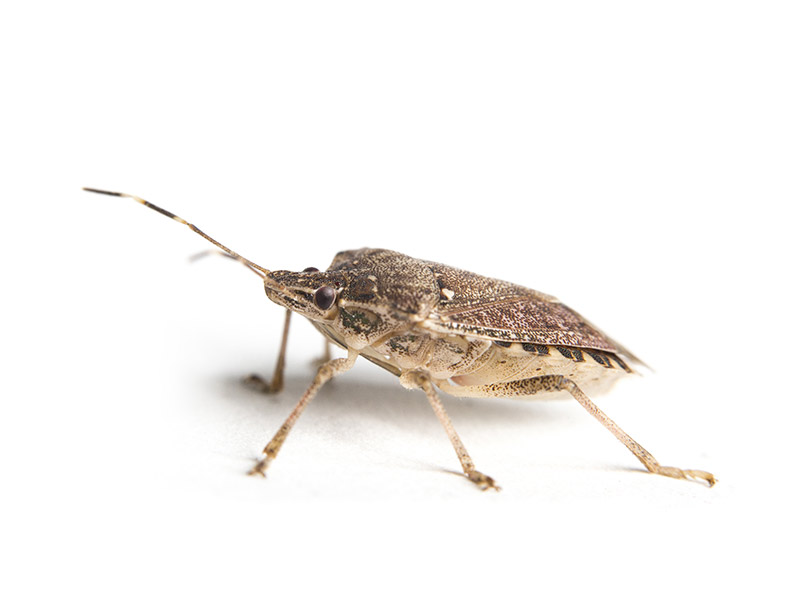Quick and professional Pest Control for peace of mind.
Eco-Friendly Pest Control Approaches for Handling Wild Animals in Urban Locations
Urban areas commonly locate themselves at the intersection of human task and wild animals, leading to special obstacles in pest monitoring. Environment-friendly strategies emphasize sustainable coexistence, utilizing methods such as habitat adjustment and all-natural repellents to minimize human-wildlife problems. These strategies not only safeguard the environment but also boost neighborhood interaction in wild animals monitoring. As city populaces remain to expand, recognizing the characteristics of wildlife interactions becomes increasingly important. What ingenious techniques can be carried out to make certain both eco-friendly equilibrium and metropolitan security? Exploring this question exposes an engaging landscape of possible options.
Understanding Urban Wild Animals Dynamics
Comprehending Urban Wildlife Characteristics is necessary for establishing effective and eco-friendly insect control techniques. Urban areas are progressively becoming environments for various wild animals varieties, driven by aspects such as habitat fragmentation, food schedule, and human encroachment. Identifying these dynamics permits a nuanced technique to pest management that straightens with ecological concepts.
Urban wild animals typically consists of species such as raccoons, squirrels, and birds, which adapt to city atmospheres, locating specific niches in environment-friendly areas, parks, and even suburbs. Their presence can cause problems with humans, particularly when they manipulate personnels for food and shelter. Recognizing the behaviors and environmental duties of these types notifies strategies that reduce adverse communications while promoting biodiversity.
Moreover, acknowledging the interdependencies within urban ecosystems assists in recognizing critical areas for habitat conservation and reconstruction. This knowledge contributes to the advancement of integrated bug administration (IPM) methods that consider the ecological balance, thus lowering dependence on hazardous chemicals. By promoting conjunction in between people and city wild animals, cities can develop healthier environments that benefit both locals and regional environments, leading the method for sustainable metropolitan living.
Natural Repellents and Deterrents
Natural repellents and deterrents offer a sustainable alternative to standard pest control methods by utilizing the power of nature to keep unwanted species away. These environmentally friendly solutions usually use plant-based components, important oils, and other normally taking place substances that deter pests without damaging the atmosphere.
One effective natural repellent is peppermint oil, which is recognized to repel rats and bugs. Its strong aroma is undesirable to numerous pests, making it a prominent selection for metropolitan settings. Vinegar and citrus peels can offer as deterrents, as their strong smells are typically unattractive to various wild animals.
Furthermore, diatomaceous planet is an all-natural powder that can be spread in locations susceptible to pest task, effectively dehydrating and deterring insects without posturing dangers to non-target varieties. Garlic sprays and neem oil are identified for their ability to drive away a broad array of insects, consisting of both insects and larger wild animals.
Executing these all-natural repellents not only decreases dependence on chemical pesticides however likewise advertises a healthier metropolitan ecosystem, promoting an extra balanced coexistence in between human beings and wildlife. By using these strategies, urban locations can effectively handle parasite populaces while minimizing environmental effect.
Environment Alteration Techniques
Efficient habitat adjustment strategies play an essential duty in sustainable insect administration by changing the setting to make it much less for pest invasions. By recognizing the ecological dynamics of urban areas, her explanation building proprietors can carry out critical alterations that deter insects while promoting biodiversity.
(Lawn pest control Port Charlotte)One key strategy entails preserving appropriate hygiene. This consists of normal waste elimination, protecting garbage can, and getting rid of standing water to lower reproducing websites for pests and rodents. Furthermore, landscaping methods such as choosing native plants can enhance ecological balance, offering habitats for advantageous organisms while reducing resources for pests.
One more vital method is to secure entry factors in structures. Checking and fixing fractures in foundations, wall surfaces, and windows can substantially decrease pest accessibility. Creating physical obstacles, such as fencings or plant buffers, can hinder wildlife motion into human-inhabited areas.
Integrated Pest Administration Practices
Building upon environment modification strategies, integrated bug management (IPM) techniques offer an all natural method to regulating insect populaces while reducing ecological influence. IPM combines numerous techniques, consisting of organic, cultural, mechanical, and chemical controls, to accomplish reliable bug management.
Organic control entails the introduction of natural killers or bloodsuckers to reduce bug populations. Cultural methods, such as plant rotation and sanitation, interrupt pest life process and diminish their environments - Pest control service. Mechanical controls, like catches and barriers, offer prompt remedy for bug pressures without chemical intervention
Chemical controls are used as a last option, concentrating on targeted applications that restrict harm to non-target species and the atmosphere. The option of environmentally friendly pesticides, when required, is important to the IPM structure. Furthermore, checking insect populaces and examining possible damages aids educate decision-making, ensuring that interventions are timely and efficient.
Community Involvement and Education

(Integrated pest management Port Charlotte)Workshops and informative sessions can furnish homeowners with expertise concerning indigenous types, habitat conservation, and reliable non-toxic parasite management strategies. Cooperation with institutions, regional organizations, and federal government firms even more enhances instructional outreach, making certain that crucial info reaches varied target markets.
In addition, community-led efforts, such as neighborhood clean-up days and environment reconstruction jobs, not only advertise biodiversity but additionally enhance community connections. Pest Control. By encouraging homeowners to share their experiences and observations, neighborhoods can establish targeted strategies that resolve particular local bug issues
Including feedback from citizens into pest monitoring plans makes it possible for a much more receptive and adaptive approach to wild animals challenges. Eventually, informed and involved communities are crucial to achieving lasting success in environmentally friendly parasite control, resulting in much healthier urban settings that respect both human and environmental requirements.

Conclusion
In verdict, eco-friendly insect control approaches offer sustainable solutions for taking care of urban wildlife. By focusing on environment adjustment, utilizing all-natural repellents, and carrying out integrated pest management practices, areas can promote a harmonious conjunction with local animals.